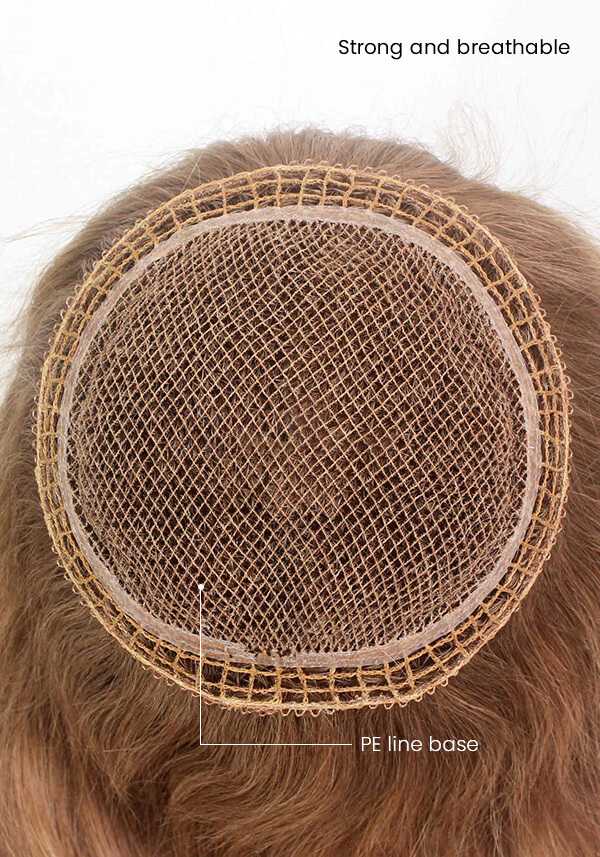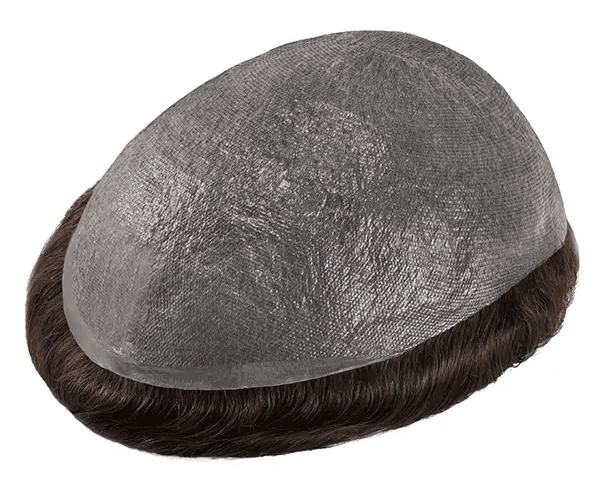Hair Integration Systems: 10 Things to Know Before Buying One
- Written by Victor Lordhair
- May 7, 2023
- |
- 11 min read
 Listen to the full text
Listen to the full text
The world of hair integration systems is vast, especially if one is completely new to them. Many online sellers dealing in hair integration systems charge premium pricing and use confusing jargon to further complicate the matter.
Lordhair - globally trusted for non-surgical hair replacement systems - believes that understanding the basics of hair integration systems is important to make an informed buying decision. In this blog, we will list 10 crucial details about this non-surgical hair gain solution.
We are certain that by the end, our readers will have more than adequate knowledge about hair integration systems.
Let’s start!
#1 Hair Integration and Hair Replacement Systems Are Different
Many people believe that hair integration and hair systems are one and the same thing but that’s not exactly true. Hair replacement systems (also casually referred to as wigs, toupees, and toppers) are units designed to address hair loss and thinning on the crown and other areas of the scalp. They are typically designed using a variety of materials including human hair strands and a comfortable base to create a flawless look. What's more, they are usually designed to be attached to a shaven or bald head.
Integration systems, on the other hand, are primarily designed to add volume to existing hair. They are attached using pins or adhesives to existing hair and their main purpose is to enhance the volume and appearance of existing hair on the scalp. Some people also use it for covering up small bald spots as well.
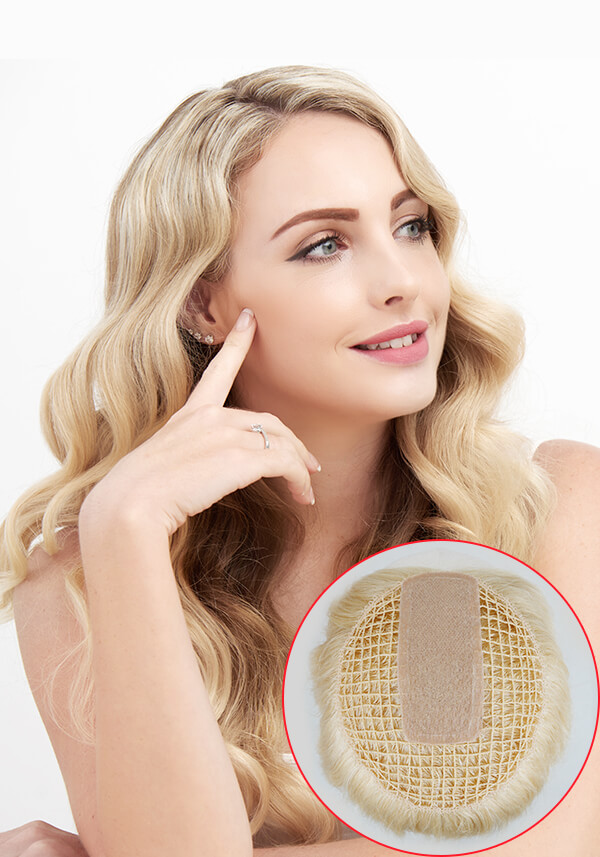
#2 Women Use Hair Integration Units
This popular solution is an effective way for women to add volume and density to their hair. Women use hair integration units to create a more natural and full appearance that can also be styled to their liking. Men rightly keep their distance from this hair gain product. Hair toupees are more suited to their requirements.
Hair toupee or hair systems are specifically designed to address different types of hair loss problems (from mild to severe) and can be also styled in multiple ways.
#3 Hair Integration Systems Are Cheaper Than Full Cap Wigs
Although full cap wigs are a popular choice for women suffering from overall thinning and crown hair loss, they are expensive in comparison to hair integration systems.
Why, you ask? In short, full cap wigs have more complicated designs and are bigger in size. It takes more time and effort to design a natural-looking full cap wig. Hair integration systems, in contrast, often have much more simple designs and are typically less expensive.
#4 Hair Integration Units with Real Hair Work the Best
When it comes to hair integration systems, the type of hair used can create a big difference in terms of realness and final look. While some manufacturers use synthetic hair, others use 100% human hair to create a more true-to-life effect.
In fact, these non-surgical hair volume gainers work best with real hair strands as they blend seamlessly with existing hair and can be styled and maintained just like scalp tresses.
#5 Scalp Hair Is a Must to Be Able to Wear Hair Integration Systems
Hair integration system needs real hair on the head to do its magic. This is because integration systems involve pulling your own hair strands through netting in order to create an undetectable and natural-looking effect.
These hair volumizing options are well-suited to women with thinning hair or receding parting. In case you are completely bald due to a medical condition, for example, then hair integration systems are not for you. Go for wigs for women instead.
#6 Hair Integration Can Be Secured Using Tape or Glue
Attachment is one of the biggest concerns when it comes to hair integration systems and it’s completely understandable. No one wants their unit to shift or move around. Luckily, it’s not that difficult to secure this hair-thickening solution. Depending on the type of base design and degree of thinning, women can also use tape or glue to secure the unit.
However, one should note that the choice between tape and glue is totally subjective. Some women prefer using tape as it is less messy and easy to clean up. Others prefer glue for a stronger hold. Just follow the instructions provided by the supplier and you will be fine!
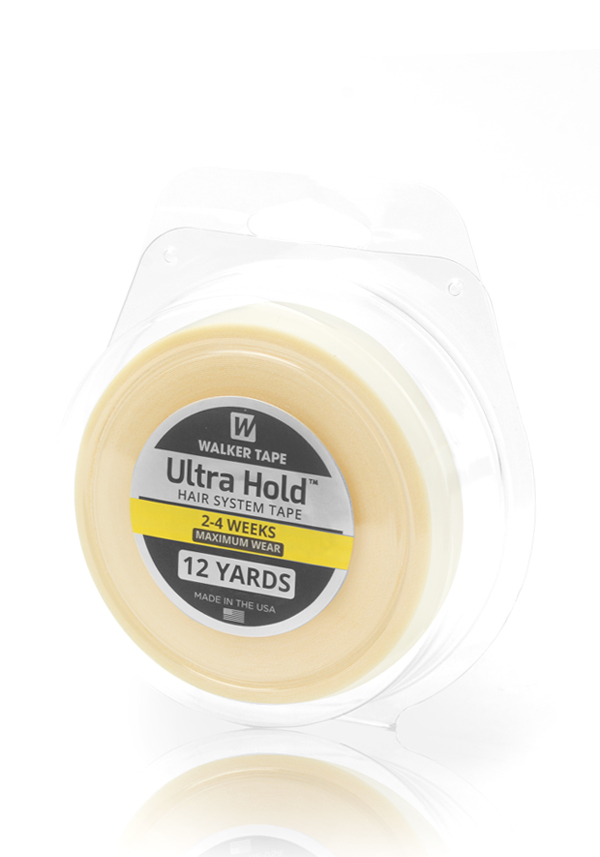
Check out the Lordhair range of wig tape
#7 Integration Units Require Maintenance Just Like Hair Systems
Those who are regular buyers of hair systems must be already aware of the maintenance needed to keep them looking their best. This includes regular cleaning, conditioning, and styling. Integration units are no different in this regard since they require timely maintenance. Why, you ask? Well, they are made of real human hair and hence prone to tangling and dullness over time.
To keep them looking great, wash them regularly with a gentle shampoo. Condition hair integration systems to keep them soft and manageable. Style them with care to prevent tangling and breakage.
#8 Different Kinds of Base Designs to Choose From
Different design methods are used to create integration systems. PE lines with skin perimeter, hand-knit PE line, PE line with parting, and PE line with mono top or front are some popular ones. Each of these constructions has its own unique characteristics.
For instance, the hand-knit PE line is stronger than the PE line with a skin perimeter. However, the holes of hand-knit PE line integration are bigger than normal PE line integration systems. We highly recommend doing thorough research on different base construction in order to choose the right integration unit for you.
#9 Different Hair Types Are Used for Making Integration Units
Another important point to consider about these non-surgical hair volumizing solutions. These are made with different types of human hair including Chinese, Indonesian, European, Brazilian, Remy, and Indian strands. While all of them have the same purpose, they have their own unique characteristics such as texture, thickness, and color.
For instance, European hair is strong, fine, and can be styled easily. However, it is expensive as there are fewer donors. Chinese hair is known for being straight and thick. Similarly, Indian hair has similar properties to that of Chinese hair but is light and adds bounce. Remy hair, on the other hand, is shinier, smoother, looks healthier, and has all its cuticles intact.
It is important to consider the differences between these hair types to achieve the desired look and feel.
12 classic hairstyles for women worth trying this summer. Some of these work with hair integration systems too.
#10 Buying Two or More Hair Integration Systems Makes Sense
Just like we wear different clothes and rotate them, one should buy multiple hair integration units. By rotating between two or more units, women can avoid wearing out a single unit too quickly and ensure that each one lasts longer. This can be specifically helpful for those who plan to wear their integration unit frequently.
The lifespan of these non-surgical hair-plumping options also depends on how one treats and wears them (also the material they’re made of). With proper care and maintenance, women can make their integration systems last anywhere between a month and a year.
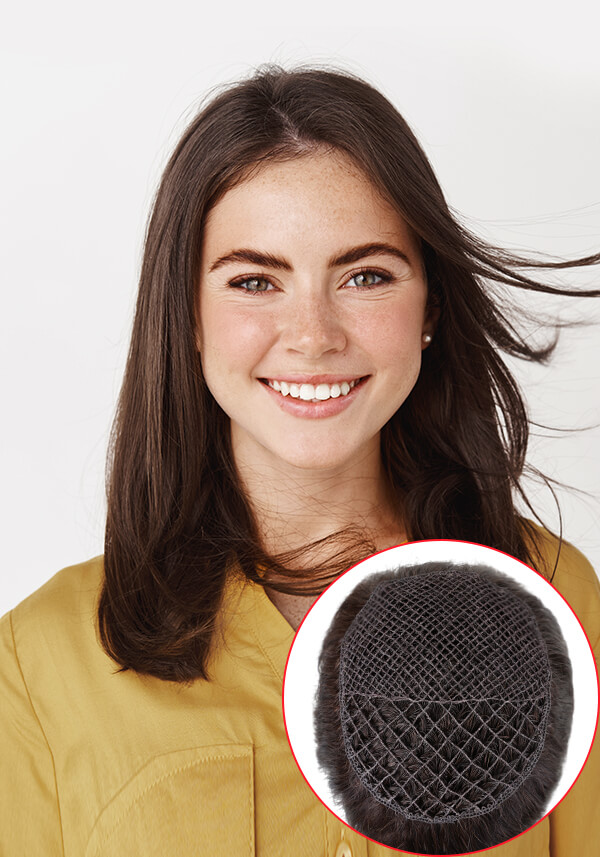
Hair Integration Systems: Final Words
There you have 10 things that first-time buyers should keep in mind before buying a hair integration system. In short, this hair gain product is amazing for women who want to add volume to their hair and are looking for natural-looking options.
For those who don’t know, Lordhair ships hair integration units and also men’s hairpieces to more than 100 countries and gives the promise of premium quality while doing that.
If you have any queries or concerns about hair integration systems, please feel free to drop the same in the comments section. Also, check out this hair integration system with Indian hair that can be fully customized to your needs.
